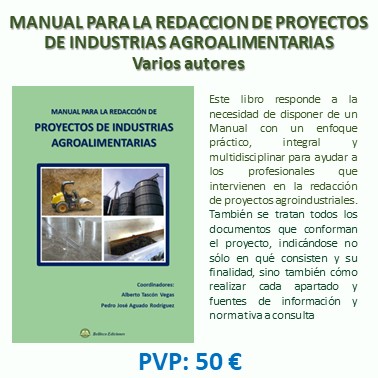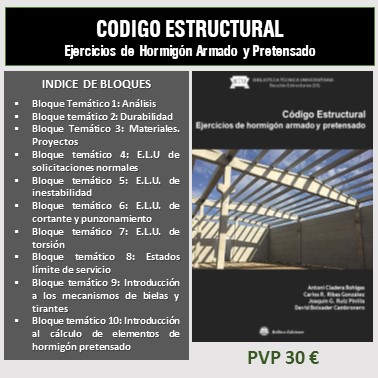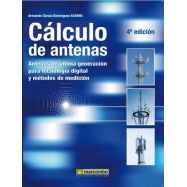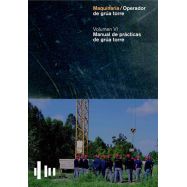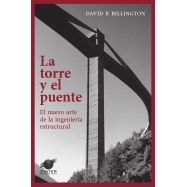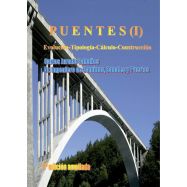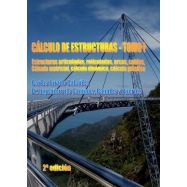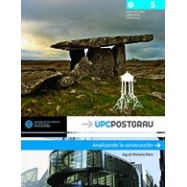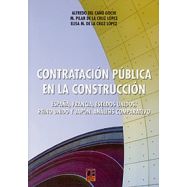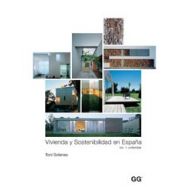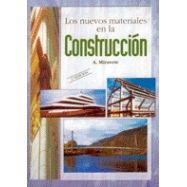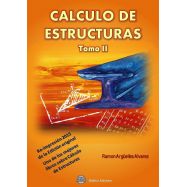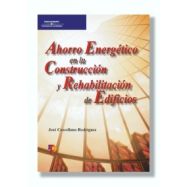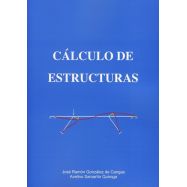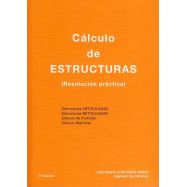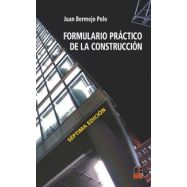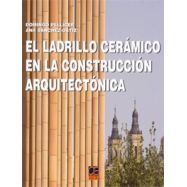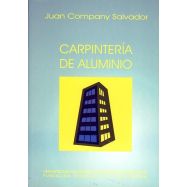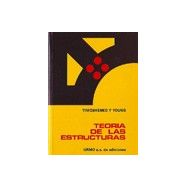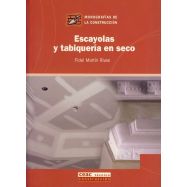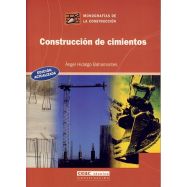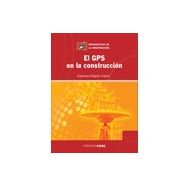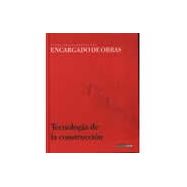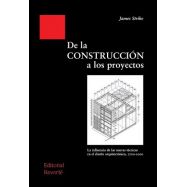Ningún producto
Materias
- BELLISCO EDICIONES. Nuestro Fondo Editorial
- FONDOS EDITORIALES EN DISTRIBUCION
- LIBROS TECNICOS EN INGLES
- ARQUITECTURA - URBANISMO
- AUTOMOCION - MOTORES - VEHICULOS
- AVIONICA - AERONAUTICA
- CALIDAD - EMPRESARIALES - GESTION
- CIENCIAS EXACTAS - MATEMATICAS
- CIENCIAS NATURALES Y APLICADAS
- CIENCIAS DE LA TIERRA - INGENIERIA DEL SUELO
- DICCIONARIOS TECNICOS
- ESTRUCTURAS - CONSTRUCCION
- Acústica (aislamiento, ruidos, vibraciones)
- Análisis de estructuras, resistencia de materiales, elasticidad, cálculo matricial
- Edificación
- Estructuras de Hormigón
- Estructuras Metálicas
- Estructuras de Madera
- Estructuras Mixtas
- Estructuras y Construcción en General
- Novedades Estructuras-Construccion
- rehabilitacion y restauracion
- Formación Profesional: Oficios en construccion, edificación y obras
-
- FORMACION PROFESIONAL
- HIDRAULICA - INGENIERIA SANITARIA - AGUAS
- INGENIERIA CIVIL - OBRAS PUBLICAS
- INGENIERIA MECANICA E INDUSTRIAL
- INSTALACIONES . GENERALES, EN EDIFICACION E INDUSTRIALES
- MATERIALES
- MEDIO AMBIENTE
- NORMATIVA
- OPOSICIONES
- PREVENCION DE RIESGOS LABORALES
- PROGRAMAS INFORMATICOS DE CALCULO
- TECNOLOGIA DE LOS ALIMENTOS: Industrias: Conservación, envasado y cadenas alimentarias
- TELECOMUNICACIONES - INFORMATICA - TECNOLOGIA DE LA INFORMACION
- OUTLET DE BELLISCO: Descuentos de hasta el 80%
- RELIGION, TEOLOGIA, MORAL Y ESPIRITUALIDAD
- VARIOS
- OFERTAS
- PROMOCIONES
- NEWSLETTER
- CATEGORIAS DESTACADAS
- ULTIMAS NOVEDADES BELLISCO
- ARQUITECTURA SOSTENBILE
- URBANISNO
- MATEMATICAS EN GENERAL
- AGRONOMOS-AGRICULTURA-FORESTALES
- ELECTROMAGENTISMO-ELECTRONICA-ELECTRICIDAD
- INGª Y MECÁNICA DEL SUELO. CIMENTACIONES
- TOPOGRAFIA, FOTOGRAMETRÍA, GEODESIA
- EDIFICACION
- ANALISIS DE ESTRUCTURAS, RESISTENCIA DE MATERIALES, ELASTICIDAD, CALCULO MATRICIAL
- OFICIOS VARIOS
- ABASTECIMIENTO Y DISTRIBUCION DE AGUA
- PUENTES
- TUNELES Y OBRAS SUBTERRANEAS
- MAQUINAS Y MECANISMOS
- SOLDADURA
- CLIMATIZACION
- INSTALACIONES DE AGUA
- INSTALACIONES ELECTRICAS CIENCIA E INGENIERIA DE MATERIALES
- ENERGIAS RENOVABLES
- DESARROLLO SOSTENIBLE
- INFORMATICA-SISTEMAS-FORMACION-PROGRAMAS
-
COMMUNICATION STRUCTURES
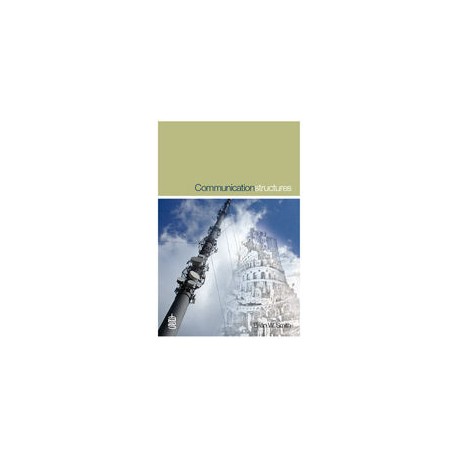 Ver más grande
Ver más grande Referencia: Código 06923
Junio de 2016 - Brian W. Smith - Refª 6923
Brian W. Smith; BA MS FREng Ceng FICE FISTstructE FASCE
Junio de 2016 Páginas: 352
Código 6923 ISBN/EAN: 9780727734006
CONTENIDO:
"Engineers working in the fields of design, analysis, fabrication and construction of masts and/or towers will accomplish their tasks with confidence by consulting this book”
- Mamoru Kawaguchi, President of IASS
This book combines the accumulated knowledge of structural engineers, scientific researchers, mast and tower owners and antenna experts with experience in the analysis, design, construction and operation of communication structures, into one accessible volume.
It introduces the reader to the basis of design, analysis and construction of lattice towers and guyed masts used for communication purposes (radio, television, mobile phones and radar) and looks at new developments and the effects on the industry. The author focuses on the light and wind sensitive structures that support the aerials that make communication services possible and states that the design and construction of these structures involves significant engineering expertise to ensure that they are safe and reliable, yet cost effective and efficient.
A brief history of tall structures is provided and the various types of structure, dictated by their function and/or location are described. The loading on such structures is described and the methods of calculating their response outlined. Dynamic effects from vortex shedding or galloping are outlined, together with detailed guidance on how to minimise these effects and how to assess fatigue life.
The book provides detailed information on:
- history, design considerations and failures
- meteorological parameters, wind resistance and strength
- aerodynamic stability, fatigue, access and safety
- codes of practice and design standards.
Communication structures is essential for both the established and the new generation of engineers, telecom administrators, contractors, masts and tower fabricators and related professionals.
Brian W. Smith BA MS FREng CEng FICE FIStructE FASCE
Brian Smith is a consultant to the Flint & Neill Partnership having been a partner from 1977 to 1997. He is the Chairman of the BSI Committee on Masts and Towers and a member of the BSI Working Group on Wind Loading and is also a member of the Executive Council of the International Association of Shell and Spatial Structures.
He was Convenor of the project teams for the Eurocodes on Masts and Towers and on Steel Chimneys and was a special advisor to the Highways Agency for the aerodynamic stability of bridges, as well as being a co-author of the British Design Rules. He was Chairman of the Wind Engineering Society from 1999 to 2001 and is responsible for the design and assessment of numerous wind sensitive structures including major bridges, tall towers, masts, footbridges and chimneys.
Contents
- History
- Design considerations
General
Choice of site
Choice of structure
Economic considerations
Environmental considerations
Electronic considerations
General
Antenna characteristics
Low-frequency antennas
Medium-frequency antenna systems
VHF and UHF antennas
Digital audio broadcasting
Mobile phone antennas
Effect on existing services of subsequent additional antennas - Failures of masts and towers
General
Icing failures
Design/detail failures
Maintenance failures
Aircraft damage
Vandal damage
Lessons to be learned - Forms of structure
General
Timber towers
Concrete towers
Lattice steel towers
Lattice guyed masts
Tubular guyed masts
Concrete guyed masts
Other forms of communication structures - Meteorological parameters
General
Wind
Wind climate
Boundary layer
Serviceability wind speeds
Atmospheric icing
General
Physics and theoretical modelling of ice accretion
Empirical models to estimate ice loads on Structures
Earthquakes
Temperature
Other meteorological aspects - Wind resistance
General
Symmetrical structures without ancillaries
Symmetrical structures with limited ancillaries
General method for structures containing ancillaries
Linear ancillaries
Discrete ancillaries
Cables
Communications structures
Measurements on scale model of communications tower
Discrepancy between wind tunnel tests and full-scale measurements
Icing - Response
General
Lattice towers
Guyed masts
General
Frequency domain analysis
Time domain analysis
Simplified methods
Summary - Strength
Introduction
Design against buckling — individual members
General
Influence of local and torsional buckling
Angle leg members
Angle bracing members
Tubular leg members
Tubular bracing members
Solid round members
Secondary members (‘redundants’)
Bracing types
Compound members
Tension
Connections
General
Flange joints in tubular or solid round leg members
Guy connections - Cables
General
Types of cables
Strength of guy ropes
Rotational characteristics of steel ropes
Modulus of elasticity
Prestretching
Still air tension
Terminations
General
Types of terminations - Aerodynamic stability
General
Vortex shedding
General
Background and critical wind speed
Practical implications
Damping devices
Galloping
General
Critical wind speed
Damping devices - Fatigue
General
Lattice towers
Lattice masts
Guys - Foundations
General
Foundation types
Type I: to resist uplift
Type II: to resist overturning
Type III: to resist down thrust
Type IV: guy anchorages - Codes and standards
History
General
Wind loading
Ice loading
Strength
Other aspects
Current codes
Communications structures
General
Comparison of current Codes - Access and safety
General
IASS Recommendations for safe access - Fabrication and erection
Materials and fabrication
Steel for towers and mast columns
Aluminium
Timber
Plastics
Erection
General
Erection of lattice towers
Erection of guyed masts - Maintenance
General
Constraints
Minimizing maintenance at the design stage
Manuals - Seismic response
General
Seismicity and earthquake-resistance performance levels
Prediction of seismic response of structures
General
Self-supporting lattice towers
Monopoles
Guyed masts
Antennas and ancillary components
Geotechnical considerations - Annex A Codes of Practice and Design Standards
General
Comparisons of National Codes
Scope
Limit states/reliability classes
Wind structure
Wind resistance
Ice loading
Displacements/serviceability
Partial safety factors
Strength
Compressive strength
Tensile strength
Guy assemblies
Prestretching
Terminations
Initial tensions
Erection
Insulators
Access - Annex B IASS Working Group Number 4: Masts and Towers
Brief history
Role in the future
The members of the Group
References
Index
TAMBIEN LE PUEDE INTERESAR
- 36,40 €
- 18,20 €
- 49,92 €
- 25,00 €
- 54,63 €
- 37,05 €
- 160,55 €

